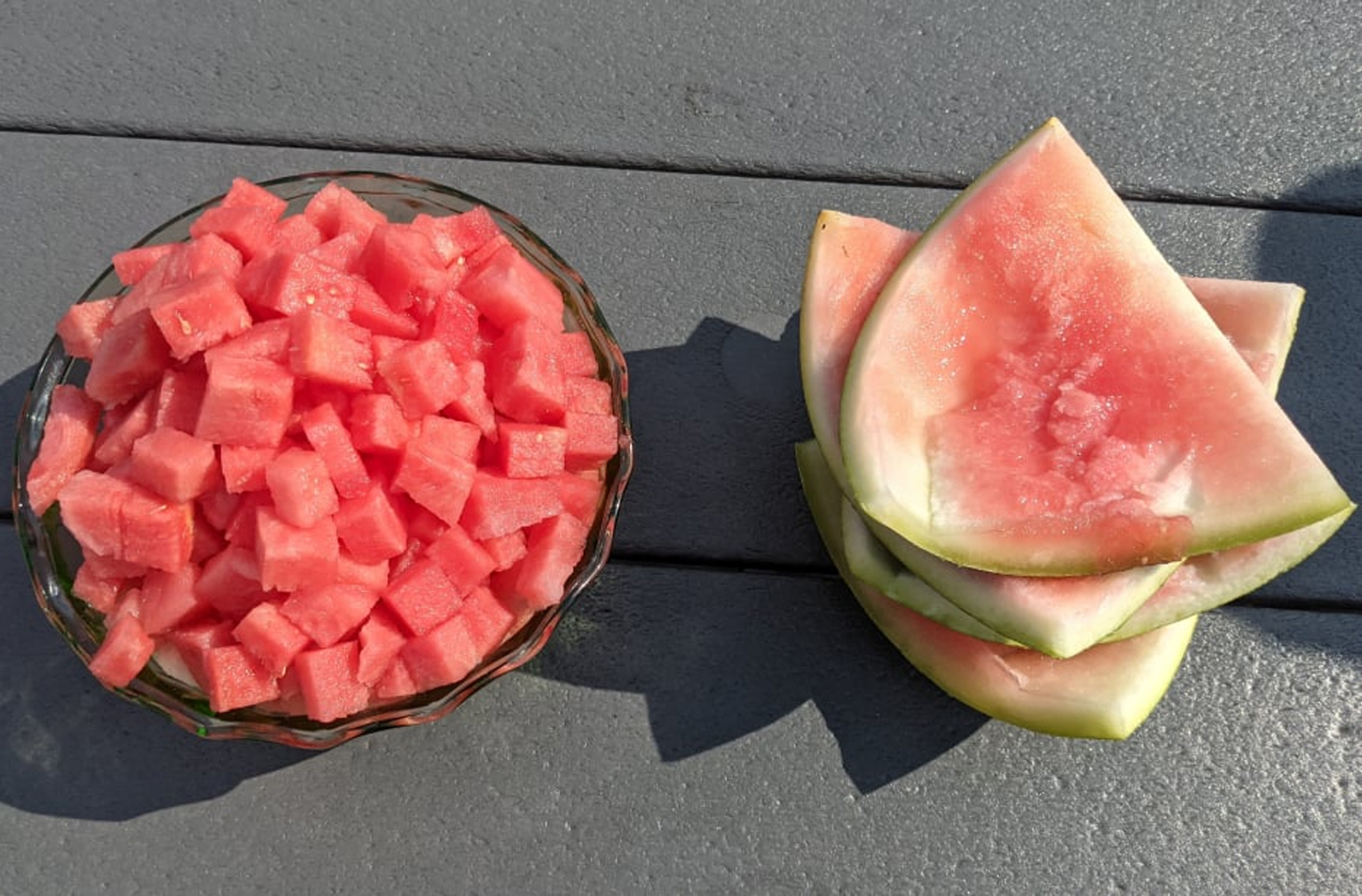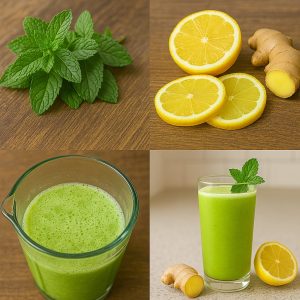When summer rolls around, the refreshing taste of watermelon becomes a seasonal delight. However, most people are quick to discard its green rind without a second thought, focusing only on the juicy, red flesh inside. What if we told you that the part you’re throwing away might just be a treasure trove of health benefits? Yes, watermelon rinds are a hidden health gem, packed with nutrients and potential that are often overlooked.

Nutritional Powerhouse
Watermelon rinds are rich in vitamins C and B6, potassium, and a small amount of magnesium. These nutrients contribute to a healthy heart, immune system, and can help regulate blood pressure. Moreover, the rind contains citrulline, an amino acid that converts to arginine in the body, aiding in blood flow and potentially enhancing athletic performance.
Environmental and Economic Benefits
By utilizing the entire watermelon, including the rind, we take a step towards reducing food waste—a significant issue in global environmental health. Additionally, finding uses for the rind can stretch your dollars further, maximizing the value of your purchase.
Culinary Versatility
The watermelon rind’s mild flavor and crisp texture make it a versatile ingredient in the kitchen. It can be pickled, juiced, or stir-fried, serving as a nutritious addition to salads, curries, and even sweets. In many cultures, watermelon rind is used in cooking to add texture and fiber to dishes, proving that it’s not just edible but can be delicious too.
A Natural Hydrator
Watermelon rinds, like the flesh, are mostly water. Incorporating them into your diet can help keep you hydrated during hot summer months, providing a refreshing and low-calorie way to meet your daily water intake needs.
Supports Weight Loss
Low in calories and high in fiber, watermelon rinds can be a great addition to a weight loss diet. The fiber content promotes a feeling of fullness, helping to curb appetite and reduce overall calorie intake.
How to Incorporate Watermelon Rind into Your Diet
Getting started with watermelon rind is easy. Before use, ensure the watermelon is thoroughly washed to remove any pesticides or dirt. The rind can be diced into salads for a crunchy element or blended into smoothies for an extra nutrient kick. For those with a culinary adventurous spirit, pickling or candying watermelon rind creates a tasty treat that also extends its shelf life.
In conclusion, watermelon rinds are far more than just the byproduct of a summer snack. They are a hidden health gem, packed with nutritional benefits and versatile enough to be incorporated into a variety of dishes. Next time you cut into a watermelon, think twice before discarding the rind. Embracing this underutilized part of the fruit not only contributes to a healthier lifestyle but also promotes a more sustainable and waste-conscious approach to eating.
SHARE, COMMENT AND LIKE !!!





